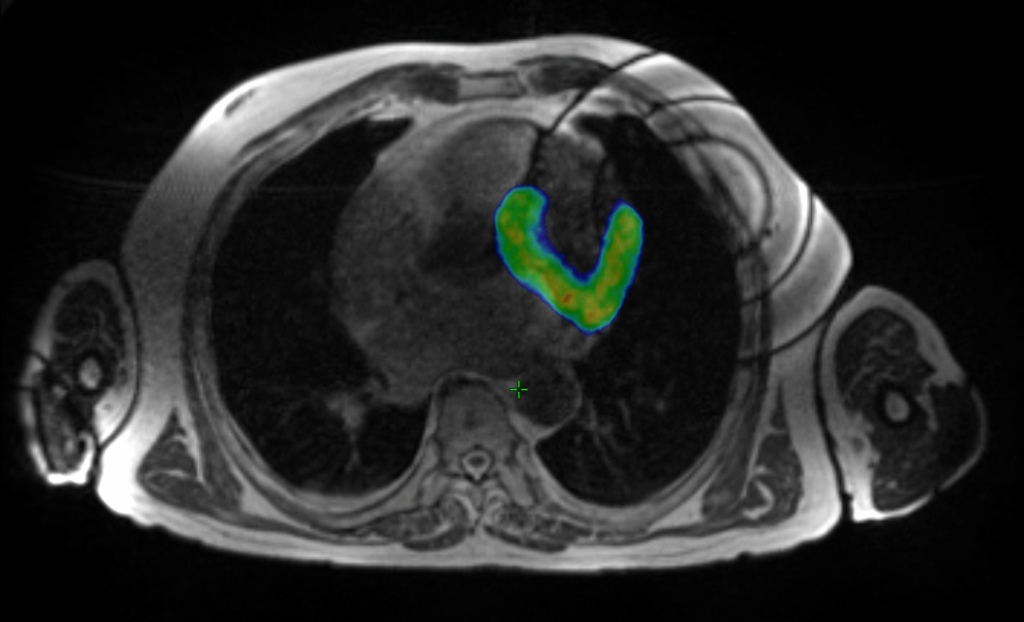In a world first, USZ has succeeded in treating a patient with life-threatening cardiac arrythmia using MR-controlled radioablation.
Since April 2019, patients at the USZ Department of Radiation Oncology have had the option of treatment with an MR Linac machine. “This linear accelerator enables us to track every target in a patient’s body before and during irradiation by MR imaging, and control and adjust the irradiation in real time,” explains Dr. Tanadini-Lang, Head Medical Physicist at the Department of Radiation Oncology. The irradiation can thus be carried out more precisely.
Innovative treatment for further indications
“This new technology was originally developed for treating cancer,” explains Professor Matthias Guckenberger, Director of the Department of Radiation Oncology. “In a collaborative project between the Department of Cardiology, the Institute for Diagnostic and Interventional Radiology, and the Department of Radiation Oncology, the MR Linac technology has now been used at USZ for the first time for radioablation to treat a patient with recurring, life-threatening cardiac arrhythmia.” In this procedure, the area of the heart muscle responsible for the arrhythmia is targeted with radiation.
All other options had been exhausted
The patient, with a severe heart condition, had already undergone various intensive but unsuccessful treatments before. “Despite intensive drug therapy and repeated minimally invasive and surgical catheter ablations, the arrhythmia could not be prevented. Due to the complexity of the arrhythmia and the preliminary interventions, further invasive procedures were not advisable. We needed a new, innovative approach for this patient,” explains PD Dr. Ardan Saguner, attending physician at the Department of Cardiology. The MR Linac technology was required for radioablation to be safely performed on this patient with the necessary precision. This radioablation stopped the life-threatening cardiac arrhythmia, and the patient has since been discharged with no signs of an irregular heartbeat.
“This first MRI-controlled radioablation of cardia arrhythmia shows how USZ successfully combines the latest interdisciplinary and interprofessional technology with innovative therapeutic approaches,” says Professor Nicolaus Andratschke, head of the MR Linac and radioablation of cardiac arrhythmia project at the Department of Radiation Oncology.
“This treatment is still an experimental procedure that needs to be further investigated in larger clinical trials to determine its long-term efficacy,” add Professor Jan Steffel, Deputy Director of the department and Professor Frank Ruschitzka, Director of the Department of Cardiology. The clinical research group at USZ is pursuing collaborations at national and international levels for this purpose, in order to thoroughly examine the value of radioablation for this indication.
